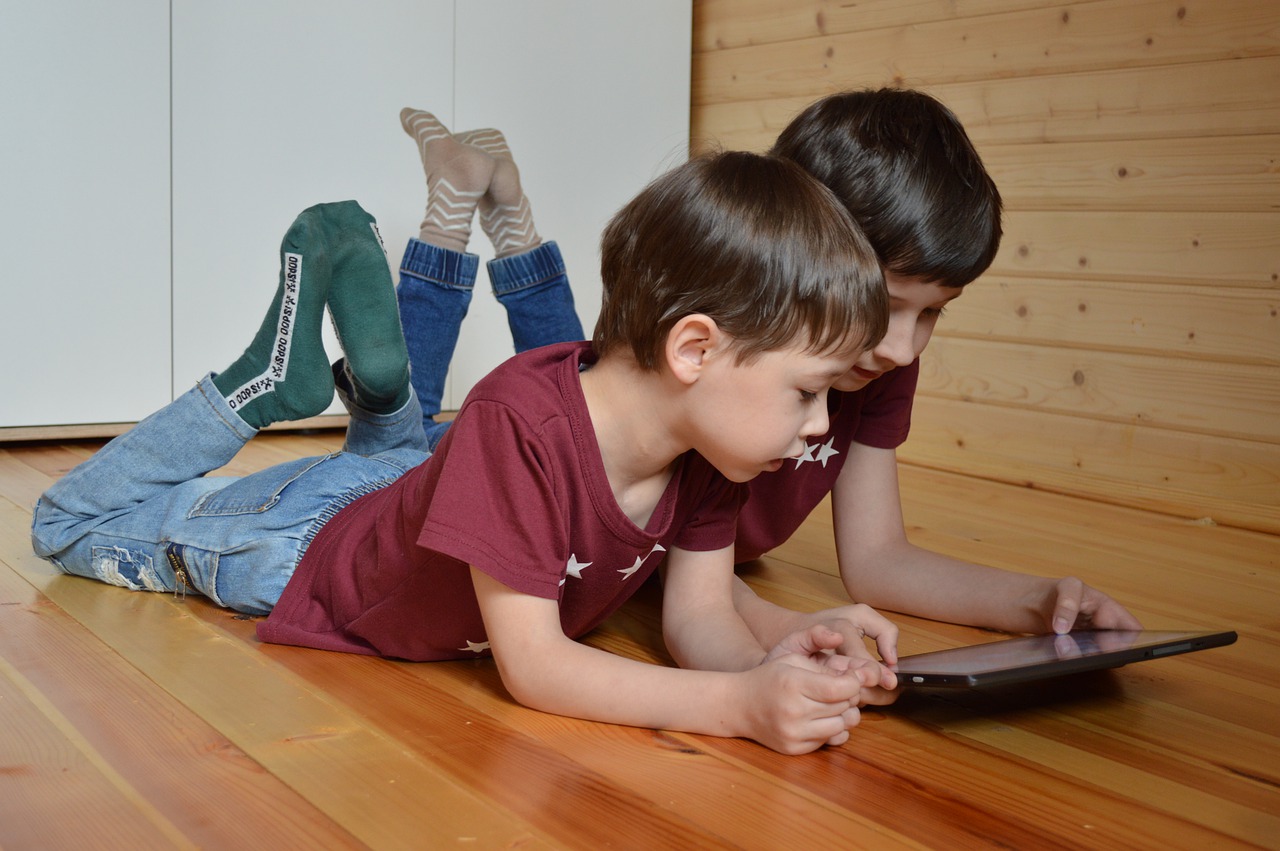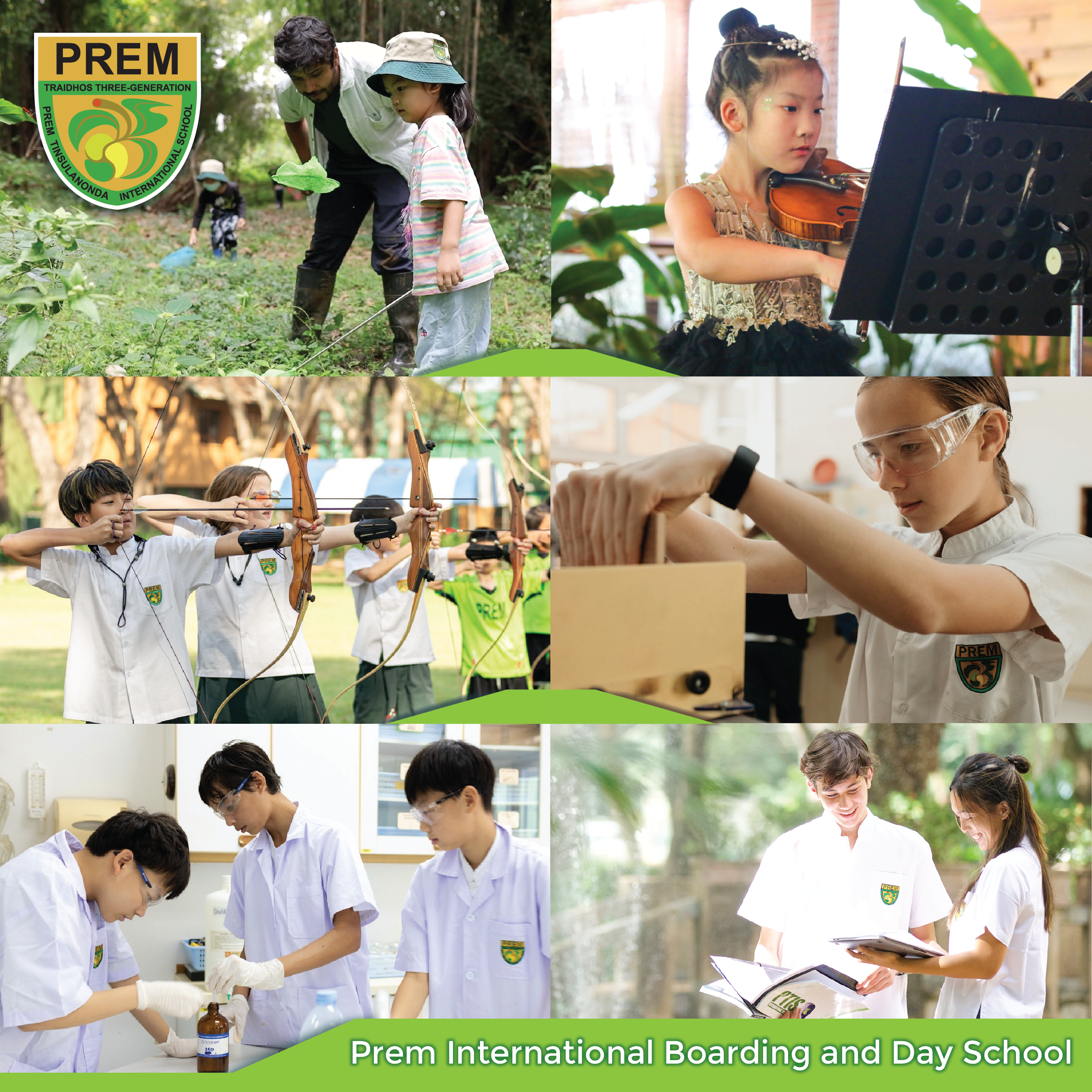Homework can be quite the struggle for our little ones, but here in Chiang Mai, we’ve discovered an intriguing way to motivate our kids to tackle their daily assignments: technology! As recently highlighted in the Bangkok Post, the educational landscape in Thailand is undergoing a transformative shift, thanks to the integration of data analytics, artificial intelligence, and machine learning technologies. This exciting change is epitomized by the launch of eLernity Thailand, a new educational community introduced by NetDragon Thailand.
In this day and age, it’s undeniable that the younger generation possesses an innate tech-savviness that’s unparalleled. Numerous studies have shown that a whopping 40% of us parents have actually fine-tuned our tech skills, including computer proficiency, internet savvy, and social networking prowess, all thanks to our children! Technology isn’t merely a means of entertainment or socializing; it has fundamentally revolutionized the way our children learn and engage with their schoolwork. Today’s educational tools provide them with practical, hands-on, and collaborative learning experiences that surpass anything we, their parents, ever had the opportunity to enjoy.

It’s truly remarkable to witness children as young as five confidently tackling homework tasks on platforms like Scratch, where they can delve into the world of coding and develop both their technological and artistic skills. Nowadays, homework assignments have evolved far beyond the conventional reading and writing exercises. Kids worldwide now have access to a wide array of educational resources, from language learning websites and math game apps to interactive educational platforms and engaging quizzes. The crucial shift is empowering kids to assume control over their own learning, observe the tangible results of their efforts, and genuinely comprehend the importance of fundamental skills in their everyday lives.
Shared Workspaces & Documents

For older children seeking collaborative opportunities with peers and teachers for specific projects or assignments, shared workspaces like Slack prove to be an ideal solution. Within Slack, administrators can easily establish groups and facilitate seamless communication through messaging. Another invaluable tool for students embarking on shared essays is Google Docs. This versatile platform allows users to log in, edit a document, and leave revision notes, whether they’re working on a laptop, tablet, or even a smartphone. Plus, there’s no need to fret over the possibility of losing their work due to a computer crash, as all documents are securely stored in the cloud.
Almost Real-Life Experiences

In the past, delving into the mysteries of remote and challenging regions like the Arctic or exploring the breathtaking yet threatened Amazon rainforest was a matter of reading about them in books and gazing at static, lifeless images. However, in our modern age of ubiquitous connectivity and streaming, students have the incredible opportunity to join live expeditions to these areas. They can observe the real-time movements and behaviors of even the most exotic wildlife, and engage in dynamic discussions and debates with their favorite scientists through live broadcasts on platforms like Facebook and others. It’s abundantly clear that the more immersive the experience, the more profound and lasting its impact on young minds.
Virtual Reality in the Learning Sphere

Virtual reality has made remarkable strides in creating an entirely new language for experiential learning. Cutting-edge headsets like the Oculus Rift are already being utilized by students, transporting them to virtual realms where they can immerse themselves in new environments and witness firsthand the intricate interactions between humans and the world around us. Just envision the profound impact this type of learning can have on crucial topics like environmental conservation and sustainability. Through VR, kids can vividly perceive the consequences of pollution and plastic waste on our marine ecosystems, hopefully igniting a passion to be a part of the solution.
Virtual reality, live streaming, and coding apps are among the technologies propelling kids into more profound and immersive learning experiences at an earlier age than ever before. Far from being mere distractions, these innovations empower children to comprehend and respond to the world around them. Moreover, they enable youngsters to gain a deeper understanding of specific areas of study, helping them discover and pursue their true passions and interests.







